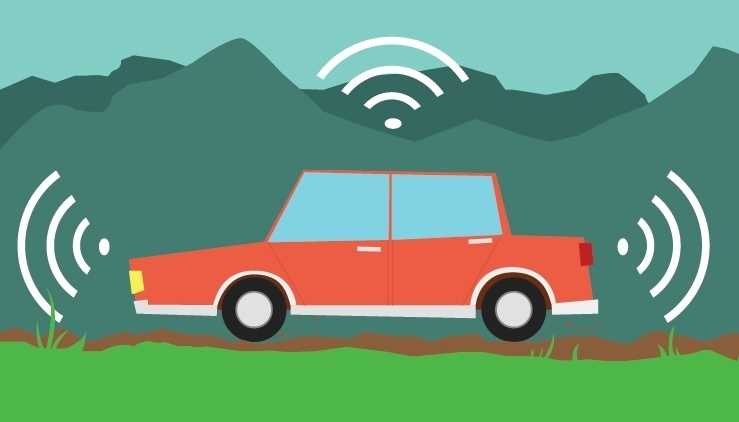
Tech giant Google has released data on the number of times a human driver had to seize control of its autonomous test vehicles over the last 15 months.
In the 32-page report the firm revealed that 424,331 miles of road had been covered in autonomous mode. Of these, there were 272 cases when the car detected a problem and passed control back to the human driver.
60 other events occurred in which the driver took manual control of the car due to a crash risk – but none of these were preceded by an alert from the car.
Google carried out computer simulations of these 69 take-overs and concluded that 13 would have resulted in a crash. Of these, two involved hitting a cone, while the rest would have been more serious.
In the report Google said: "These events are rare and our engineers carefully study these simulated contacts and refine the software to ensure the self-driving car performs safely.
"We are generally driving more autonomous miles between these events.
"From April 2015 to November 2015, our cars self-drove more than 230,000 miles without a single such event."
Crash data from other autonomous car makers
Six other autonomous car developers have also released crash data from their driverless car tests – although not in as much detail as Google.
Bosch: 625 human interventions over 935 miles, all of which had been "planned".
Volkswagen: 260 human driver interventions over 14,945 miles.
Delphi: 405 human driver interventions over 16,662 miles, including 28 precautionary interventions due to nearby cyclists and pedestrians, as well as 212 due to problems identifying traffic lights and road markings.
Mercedes-Benz: 1,051 interventions over 1,739 miles. 59 of these were unprompted, because the human driver was not "comfortable" with the software's behaviour.
Nissan: 106 interventions over 1,485 miles – to prevent collisions either after braking to fast or too slowly.
Tesla: Recorded no human interventions




